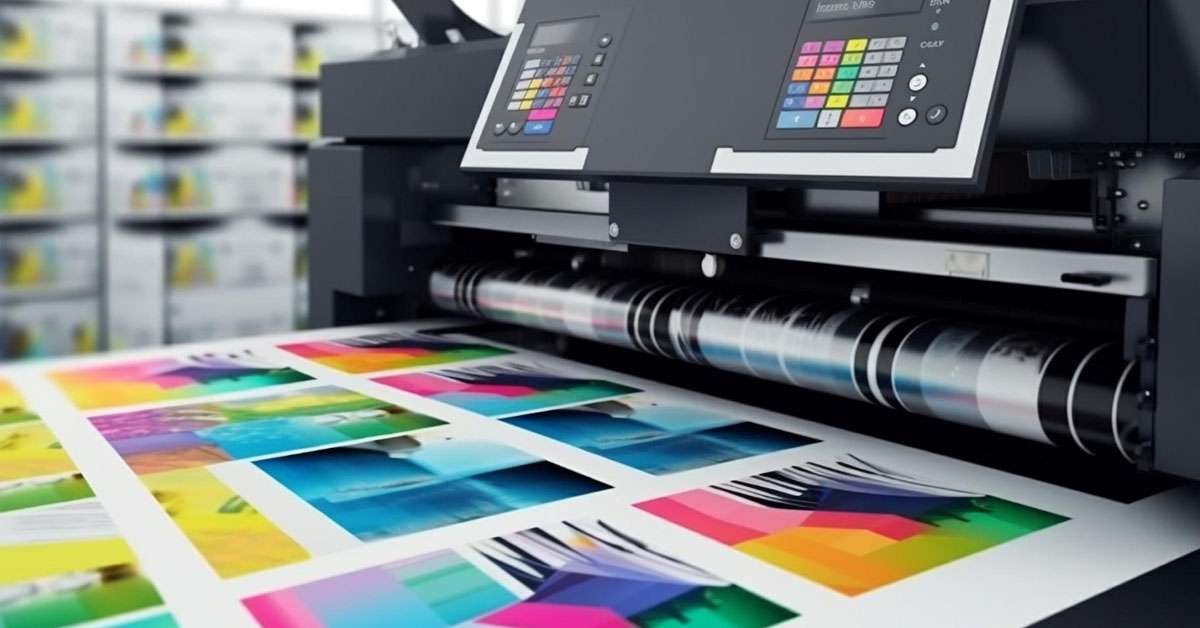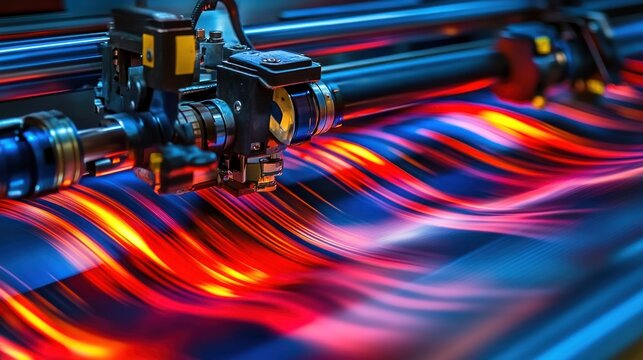In the bustling environment of trade shows, where businesses vie for attention, offset printing for trade shows emerges as a powerful tool. This technique not only enhances the visual appeal of your promotional materials but also ensures that your brand stands out amidst the competition. In this article, we explore the nuances of offset printing and its vital role in crafting memorable trade show experiences.

What is Offset Printing?
Offset printing, a widely-used printing technique, involves transferring an inked image from a plate to a rubber blanket and then onto the printing surface. Known for its high-quality results, this method is favored for producing consistent and detailed prints, making it ideal for large quantities of promotional materials.
The Benefits of Offset Printing for Trade Shows
High-Quality Visuals
One of the standout features of offset printing is its ability to produce sharp and vibrant images. This is crucial for trade shows where visual appeal can make or break first impressions. The clarity and color accuracy ensure that your brand’s message is communicated effectively.
Cost-Effective for Large Quantities
For businesses planning to distribute a large number of brochures, flyers, or catalogs, offset printing is the most cost-effective solution. The initial setup costs are offset by the lower cost per unit for bulk printing, making it a preferred choice for extensive trade show campaigns.
Applications of Offset Printing in Trade Shows
Brochures and Flyers
Brochures and flyers are the backbone of trade show marketing. With offset printing, businesses can produce these materials in high volumes without compromising on quality. The vivid colors and crisp text ensure that these handouts leave a lasting impression on potential clients.
Banners and Signage
Large format materials such as banners and signage benefit significantly from offset printing. The technique’s ability to produce clear, large-scale images ensures that your booth is visually striking from a distance, drawing in attendees.
Business Cards
Business cards printed using offset techniques are not only visually appealing but also durable. The tactile quality of these cards adds a professional touch, making them a valuable networking tool during trade shows.
Comparing Offset Printing with Digital Printing
While both offset and digital printing have their merits, it’s important to understand their differences. Offset vs Digital Printing details the advantages of each method. For trade shows, the superior quality and cost efficiency of offset printing often make it the preferred choice.
Choosing the Right Printing Partner
Finding a reliable printing partner is crucial for ensuring the success of your trade show materials. Look for a provider with a proven track record in offset printing and a portfolio that showcases their work. Consider visiting Offset Printing for Newsletters to explore quality examples.
Key Considerations
- Quality of materials used
- Turnaround time
- Cost-effectiveness
Future of Offset Printing in Trade Shows
As technology advances, offset printing continues to evolve, integrating digital enhancements to offer even more creative possibilities. This innovation ensures that offset printing remains a cornerstone of trade show marketing strategies.
Conclusion
In conclusion, offset printing for trade shows is an indispensable tool for businesses aiming to make a significant impact. Its ability to produce high-quality, cost-effective materials ensures that your brand is represented in the best light, leaving a lasting impression on attendees.

FAQ
What is the main advantage of offset printing for trade shows?
The main advantage is the high-quality, vibrant visuals it produces, essential for making a strong impression at trade shows.
How does offset printing compare to digital printing?
While digital printing is suitable for smaller quantities, offset printing is more cost-effective for large volumes and offers superior quality, making it ideal for trade shows.
What materials can be produced using offset printing?
Offset printing is versatile and can be used for brochures, flyers, banners, signage, and business cards, all essential for trade show marketing.
This article contains affiliate links. We may earn a commission at no extra cost to you.







